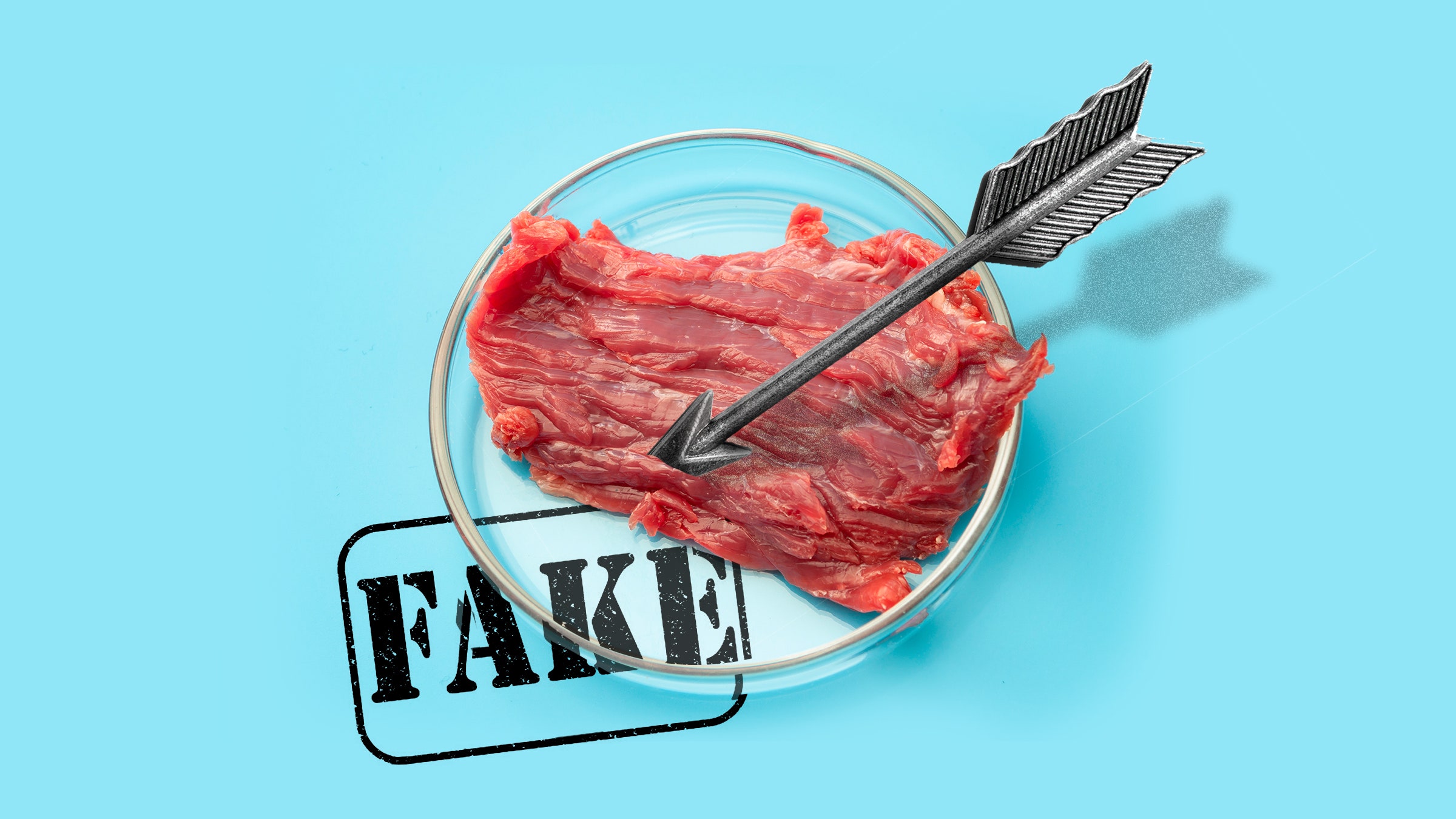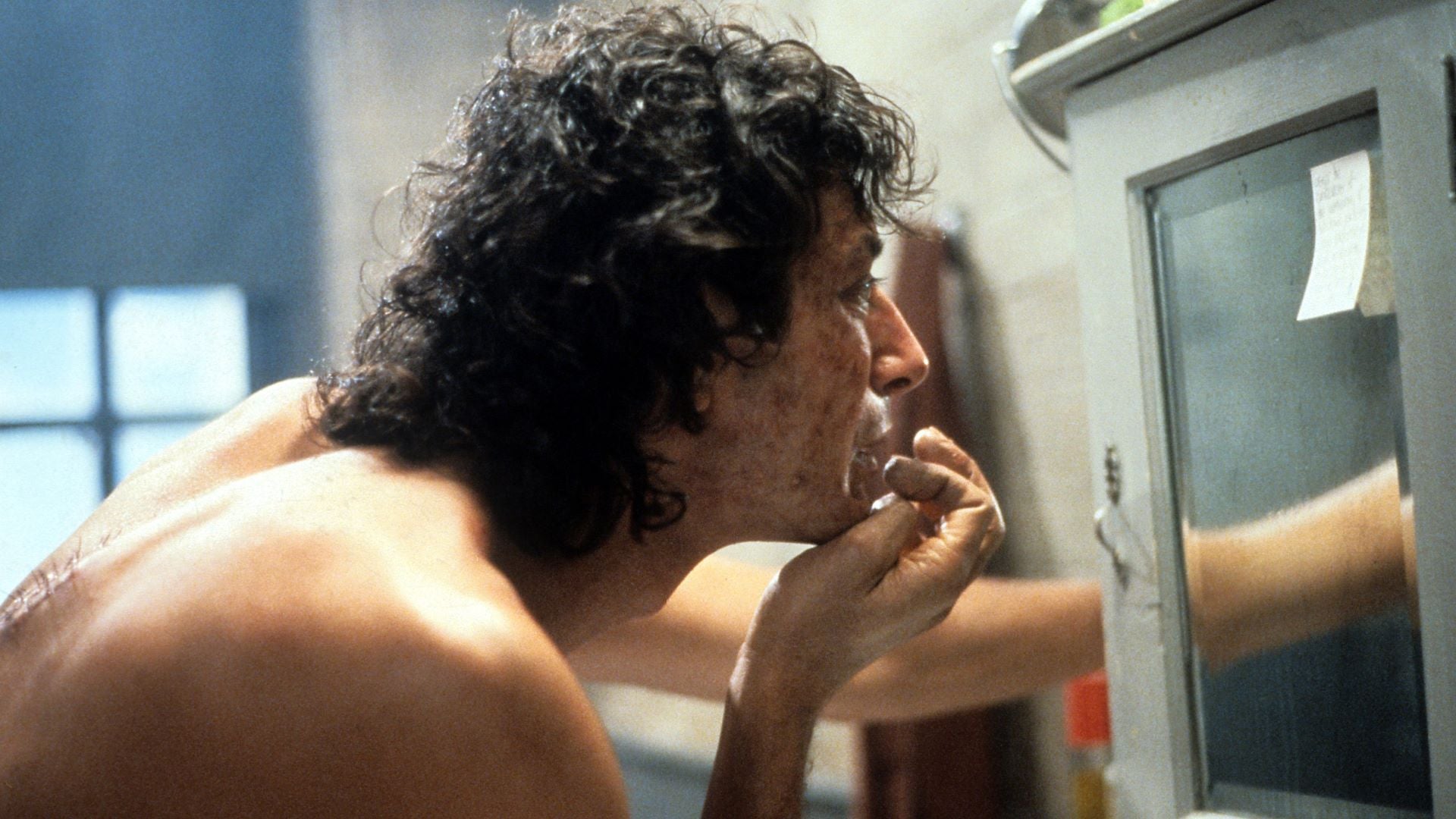The Swarm premieres September 12 at 9 p.m. on The CW.
After a shakeup in ownership and the end of mainstays like the Arrowverse and Riverdale, the programming on the CW is going through some growing pains. The Swarm is a good example of one direction the network is trying on for size while it redefines who its audience is: genre, but make it prestige. Anyone expecting the cheesy, over-the-top antics of supernatural shows like the also-recently-concluded Nancy Drew will likely be disappointed. This German-produced, slow burn eco-thriller – adapted from the 2004 science fiction novel by Frank Schätzing – is The CW’s first flirtation with a slicker, more grown up style of television.
So what exactly is the titular swarm? The first two episodes don't supply a lot of answers, but they do ramp up the tension and global eco-gore: For starters, a Peruvian fisherman is murdered by a school of aggressive minnows, a boatload of Canadian tourists are attacked by orcas, and the staff of a fancy French restaurant is decimated by an infected lobster. In between the scenes of carnage we're introduced to an equally international set of scientists, who mostly work for the fictional Marine Institute, and whose areas of research – which includes everything from whales to ice worms to bacterium – may or may not all connect to explain just exactly what in the world is happening under the sea.
Keeping track of who everyone is, what exactly they do, and how their work is linked sometimes becomes burdensome. In the first two episodes we’re introduced to about a dozen characters, played by the likes of the great German actress Barbara Sukowa and French stalwart Cécile de France. But it’s whale song specialist Leon (Joshua Odjick) and rule-breaking PhD student Charlie (Leonie Benesch) who are given the most screen time in the premiere and episode 2, making them the closest thing the audience has to a surrogate. But whatever initial emotional attachment to Leon and Charlie we develop is diminished by how often the show cuts to another (often previously unseen) set of characters. While this builds plot momentum and a global scope for the impending disaster, it also means very little is known about these characters – even after spending two hours with them – which does the actors a disservice.
Director Luke Watson makes up for the lack of meaningful character development in these early episodes by keeping them filled with dread and suspense. A lot of this has to do with the way he films the aquatic sequences. At times the ocean looks breathtakingly gorgeous, all beautiful sea-green water and sparkling waves; at others it is absolutely terrifying – murky darkness and menacing shadows. The deep sea sequences in particular capture the water's ominous beauty and eerie otherworldliness. To evoke fear, Watson often borrows camera angles from Jaws, Creature from the Black Lagoon, and other below-the-sea thrillers. The show is wisely sparing in its use of VFX, deploying its digital sea life just enough to either be awe-inspiring or terrifying – often within the same scene.
Towards the end of the second episode a character says that " we know more about the stars than we do the oceans." It is this very real fear of what lurks below that anchors The Swarm, especially since so far its newfound wrath has been aimed at those who make their living trying to understand it. If they all die – what will become of the rest of us?




